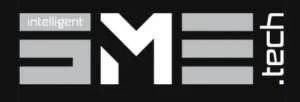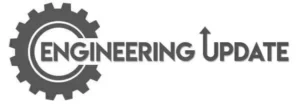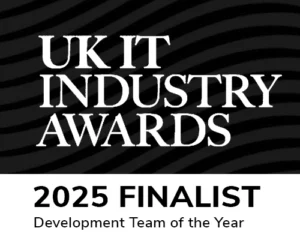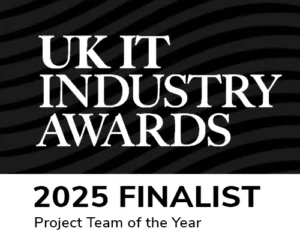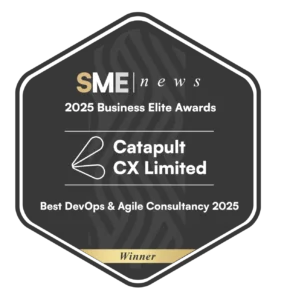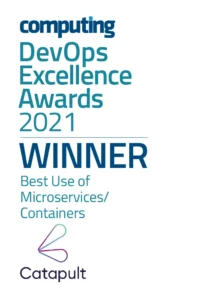Legacy System Modernisation.
Unlock Potential.
De-Risk the Future.
Services
Modernising legacy tech isn’t just about reducing risk, it’s about unlocking opportunities. We help you replace critical components or overhaul core platforms so you can move forward with confidence, reclaim flexibility and pursue the initiatives that once felt out of reach.
TRUSTED BY ORGANISATIONS TACKLING COMPLEX LEGACY TRANSFORMATION
What if your legacy tech didn’t hold you back?
Legacy systems are often essential to business operations but they can create technical constraints that limit your ability to scale, integrate, or innovate. And because they’re so critical, changing them feels risky. We help you de-risk the transition with targeted PoCs, Minimum Viable Replacements and modern architecture designed to wrap or replace your legacy systems, without disruption.

We work with
Enterprises running legacy core systems, especially in finance and regulated sectors
Architecture and transformation leads with platform risk
CIOs and CTOs managing technical debt and regulatory pressure
Organisations looking to modernise without business disruption
Teams under pressure to reduce vendor dependency and improve CX

“By partnering with Catapult, Aldermore has not only improved its customer experience but has also built a resilient infrastructure that will support future growth and innovation.”
Danielle Soto
Managing Director of Savings
Our approach. From legacy pain to modern performance
Prototype. Replace. Refresh.
1
Assess & define
We review your IT estate and business needs, identify core risks and blockers and define a minimum viable path forward.
2
Prototype & prove
We test replacement options through PoC work, validate technical feasibility and establish your Minimum Viable Replacement.
3
Rebuild & replace
We wrap or replace legacy tech with scalable, compliant, future-proof architecture, ready for internal teams to own and evolve.
Build. Operate. Transfer.
Our delivery model gives you a low-risk path to operational efficiency, enabling faster delivery, greater stability and long-term adaptability. We do it all without disrupting service or the need to overhaul your core systems.
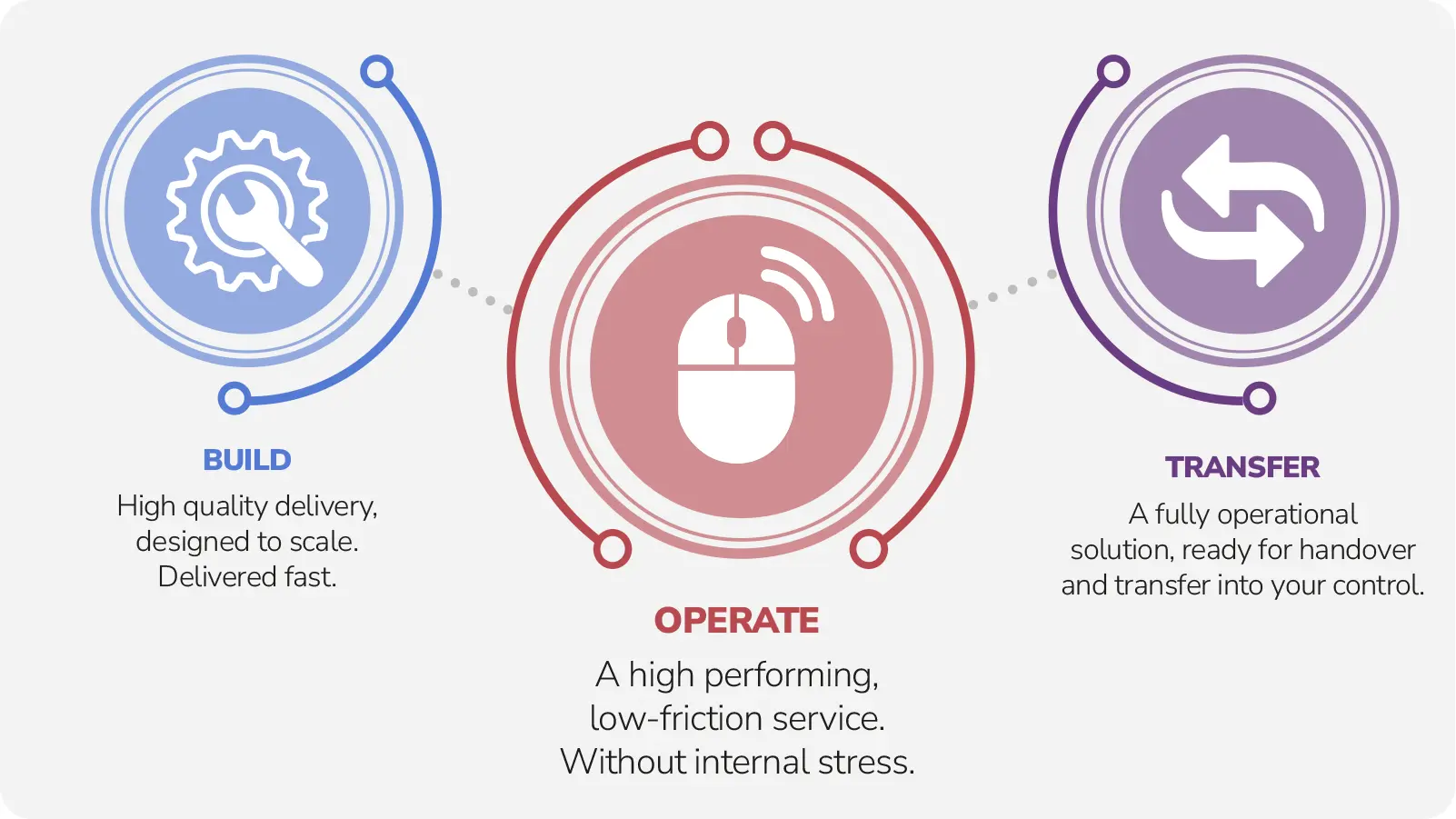
Key technologies
The right tech stack isn’t just about tools, it’s about leverage. From core platforms to emerging innovations, we focus on solutions that integrate seamlessly, scale effortlessly and deliver measurable impact. No bloated systems. No wasted spend. Just the right technology, working hard for you.
Angular
React
Nest JS
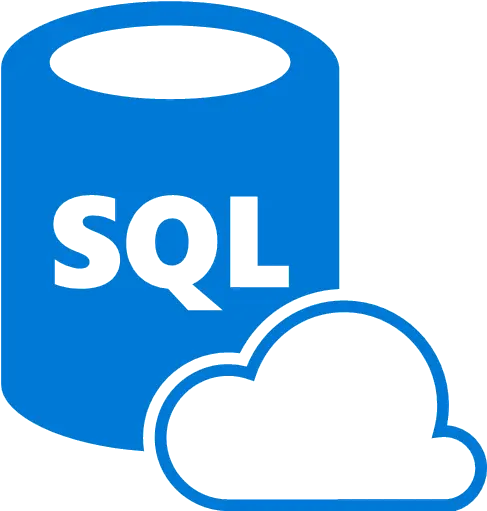
SQL

No SQL
Node JS
Rabbit MQ
Java
Google Cloud

AWS
Microsoft Azure
Jenkins
GitHub Actions
Azure DevOps
OKTA

Auth0

Entra ID
Jira

ELK
Prometheus
Cloud Watch

Modular Monolith

DDD

Claude
Cursor AI
Open AI
.Net
Stabilising and modernising a mission-critical platform after legacy system consolidation failure
Why clients choose Catapult
20+
Years of software development excellence
400+
Satisfied clients and thousands of successful projects
$
On time, on-budget and on-scope delivery
An ISO 27001 certified company
Fixed price guarantee. We guarantee to deliver the outcome we’ve agreed with you, at a fixed price.
Specialists in legacy transformation. Not just technical experts, but partners in complex change.
Prototypes with purpose. Our engineers write production-grade code from day one, not just glossy click-throughs.
Tech-agnostic, outcome-first. Guidance in selecting stacks that minimise costs & maximise ROI
Cross-sector expertise
With a specialism across government and financial services, we have experience in 20+ sectors. We implement solutions to co-ordinate multiple business operations specific to your domain











